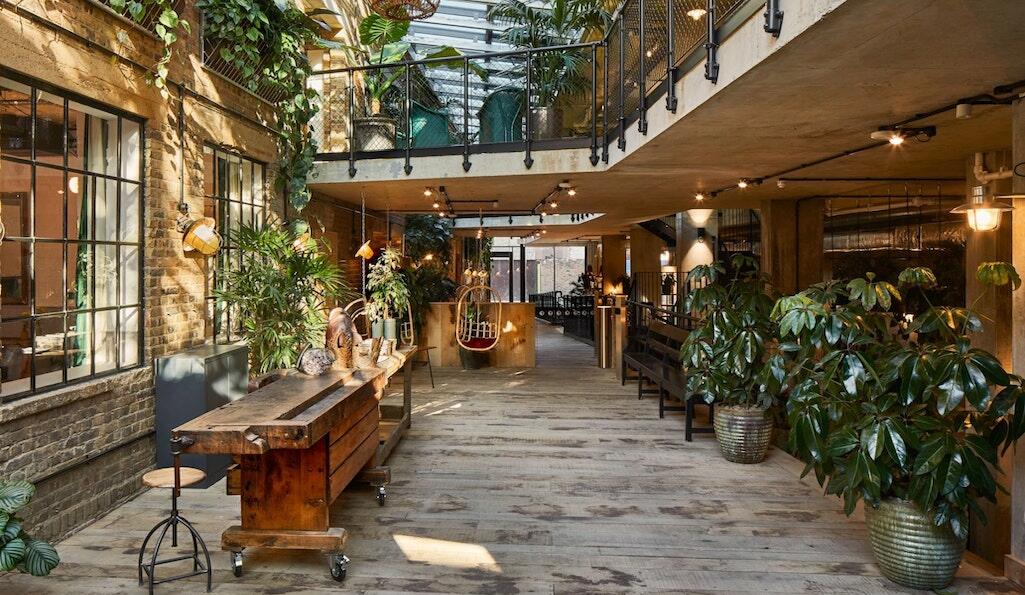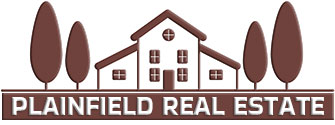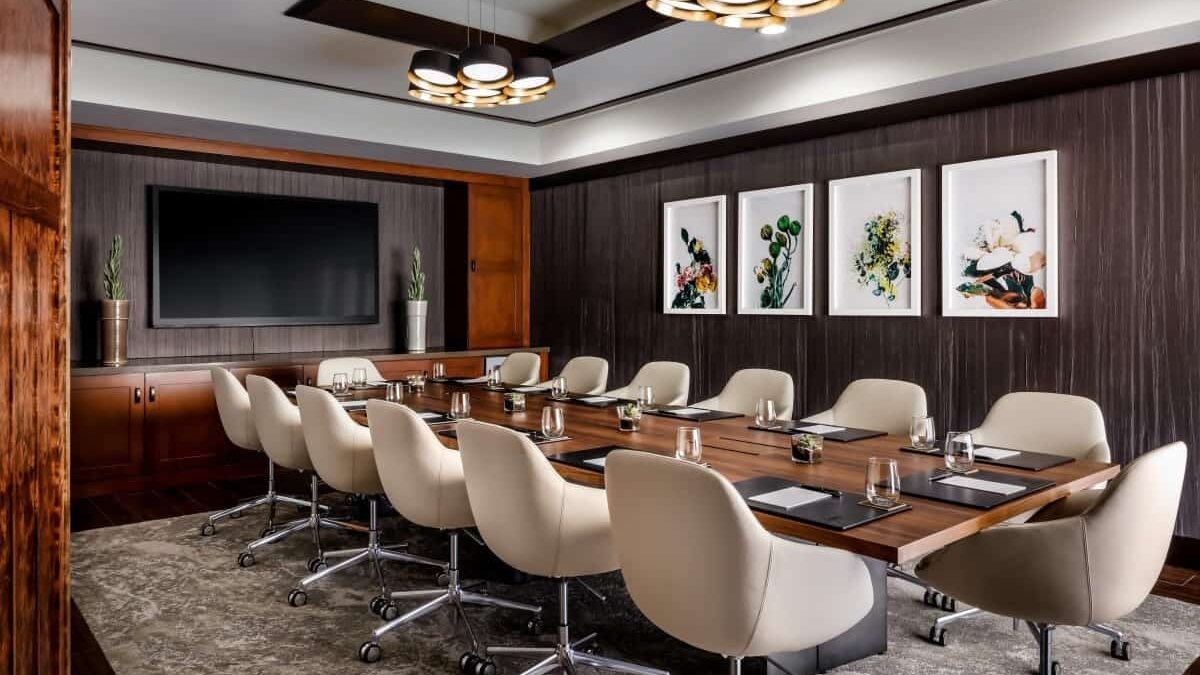The traditional workspace has undergone a paradigm shift, with collaborative spaces becoming increasingly popular among start-ups, small businesses, freelancers, and remote workers. Known as co-working spaces, they provide a shared work environment that encourages collaboration, networking, and mutual growth. While these spaces come with their own set of advantages, they also carry some drawbacks. Here, we delve into the pros and cons of renting a co-working space.

The Pros
- Flexibility – Co-working spaces provide users with the flexibility they need in terms of rental terms. Many offer options ranging from hourly to monthly or even yearly subscriptions, allowing you to choose what fits best for your company at a given time.
- Networking Opportunities – Co-working spaces naturally foster an environment rich in networking opportunities. These shared spaces are often filled with like-minded professionals, potential partners, or even clients from different industries, facilitating collaborations and partnerships.
- Affordability – Renting a traditional office space can be an expensive affair, particularly for smaller organizations or freelancers. Comparatively, co-working spaces are typically more budget-friendly, having most necessities like utilities, office furniture, and internet already included in the rental price.
- Access to Amenities – Co-working members often enjoy access to a wide array of amenities such as meeting rooms, training spaces, lounge areas, kitchens, and high-speed internet. Certain premium co-working spaces also provide facilities like gyms, showers, nap rooms, and mail-handling services.
- Vibrant Work Atmosphere – The design of co-working spaces is often modern, open, and inviting, aimed at fostering a more vibrant and collaborative work environment. This kind of setting could potentially lead to increased motivation and productivity as compared to traditional office layouts.
The Cons
- Limited Privacy – A co-working space can sometimes be a hub of distractions. Noise from phone calls, conversations, and movement can make it challenging to concentrate or maintain confidentiality in your discussions.
- Lack of Control Over Your Environment – In this working space, you have limited influence over your surroundings, including factors like office décor, noise levels, and office equipment. You may need to compromise on your ideal workspace to fit into the established standards and rules of this working space.
- Inconsistent Availability of Space – Although flexibility is a significant advantage, the uncertainty of space availability can be a drawback. You might not get your favorite desk every day or the meeting rooms when you need them, especially in busier co-working spaces.
- Scalability Limitations – Lastly, for businesses that are quickly growing, co-working spaces may not be the most feasible option. Finding adjacent workspaces to accommodate a growing team might prove to be a challenge.


